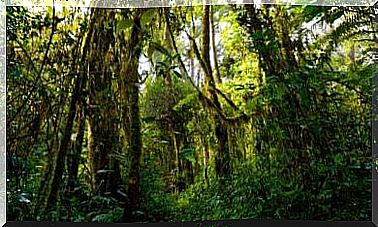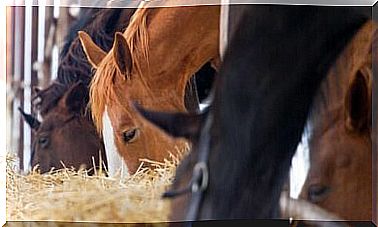What Do Lakes And Swamps Have In Common For Living Beings?
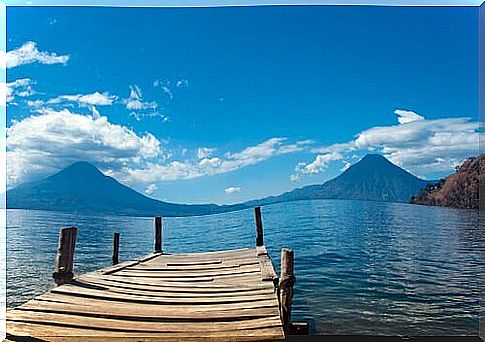
Lakes and swamps are diverse habitats , which include ecosystems embellished with rich biodiversity. Amphibians, fish and a diverse flora are examples of how thriving life can be in regions with abundant fresh water.
According to the data, around 40% of the world’s fish biodiversity is estimated to live in freshwater streams, such as rivers, lakes, ponds and swamps.
Although both are freshwater ecosystems, lakes and swamps show particularities in the dynamics that make up the life they host. For this reason, it is worth knowing the similarities and differences between these two very interesting environments.
Lakes and marshes: two different freshwater ecosystems
It is no secret that our planet is mostly made up of water. Although the greatest concentration is of salty masses, the sweet one plays a crucial role in the survival of all species.
These ecosystems are classified into three main categories, based on the movement of their waters, as we see below:
- Lotic ecosystems : these are freshwater streams characterized by a particular dynamism, such as rivers, streams and springs.
- Lentic: they have little or limited dynamism, such as ponds, lakes, swamps and marshes.
- Wetland ecosystems : These are regions where periods of flooding or saturation of fresh water occur.
What are lakes?
In general, the formation of natural lakes occurs when a depression or basin in a given land is filled with fresh water. However, the precise definition of “lakes” can be quite complex.
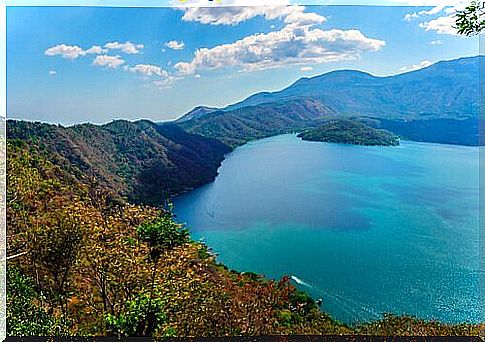
When they suffer a long period of drought, lakes can be seen reduced to swamps or wetlands. On the other hand, a large lake can be considered a “sea” (such as, for example, the Caspian Sea). Furthermore, there is also the case of the so-called “ephemeral lakes” which usually disappear during dry periods and fill up again with water during the wet season.
Lakes are generally divided into three main regions. The littoral zone is defined along the shore, where vegetation and animals that feed on the surface of the water abound.
In the limnetic area the predominance of open waters is observed, with a good variety of fish and amphibians. The deep zone lacks larger species and heterotrophs (plants, algae and some bacteria) tend to predominate.
- These waterways are also classified based on their nutrient availability and the ability to host life in their waters.
- Eutrophic lakes have abundant nutrients and are home to a great biodiversity of plant and animal species.
- Oligotrophic lakes are low in nutrients and exhibit much less variety of species.
What do you need to know about the swamps?
The concept of “swamp” includes low lands that are saturated with standing water and covered with aquatic vegetation. A certain density of trees can also be observed which are therefore not classifiable as aquatic plants. These formations are present on all continents, with the logical exception of Antarctica.
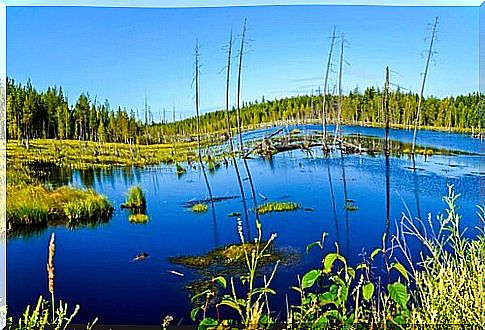
The swamps are formed near rivers, lakes or seas, from where they receive the water that covers the entire extension. The lands where these expanses are found usually have mineral soil with no natural drainage. Therefore, the water fails to follow its course and remains stagnant, giving rise to the ecosystemic characteristics of the marshes.
There are two basic types of swamps: fresh and salt water. Freshwater marshes are formed by lakes or streams. The low salinity of its waters allows the growth of an abundant surface vegetation and a remarkable aquatic biodiversity.
Salt marshes are particularly common in tropical regions, often close to the seas. In general, their bed is made up of sand and the surface vegetation is more sparse. The presence of mud is also observed in times of high tide and its ecosystem includes only life forms adapted to high salinity.
Why are lakes and swamps different habitats ?
The life forms that inhabit lakes and swamps are diverse, as flora and fauna must adapt to conditions that are specific. Certainly there may be some “coincidences”, since some species can benefit from both ecosystems.
In the lakes, aquatic and semi-aquatic animals are found, such as mammals (beavers and minks), birds (ducks and geese), crustaceans (crabs), reptiles (turtles) and amphibians (frogs and salamanders). In these spaces, there are also numerous species of freshwater fish, such as trout, sturgeon and perch. The vegetation includes algae, rods, ferns, shrubs, mosses, lilies, water hyacinths, etc.
In swamps, life forms vary according to the salinity of the water. Those with more fresh water are home to a great biodiversity of fish, amphibians, birds and important woodland and aquatic vegetation.
We also find reptiles, such as alligators and snakes, mammals such as otters, shrimps, crabs. The vegetation includes mosses, oaks, cypresses, duckweed, etc.




